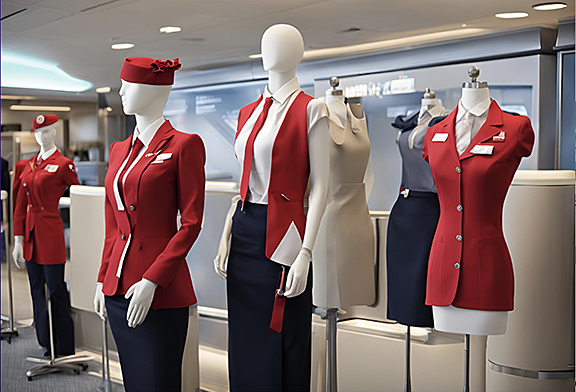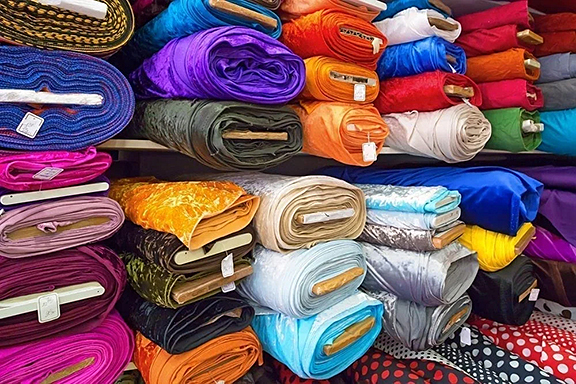Toxic Chemicals Found In Clothing Could Pose Harmful Threats to Consumers

In the growing age of health consciousness, people worldwide are concerned about their health and how their lifestyle can impact their quality of life. At the same time, fast fashion has become a global commodity. Online stores like Shein and Fashion Nova are go-to’s for trendy, affordable clothing. The problem is that studies on clothing purchased from these websites show high amounts of toxic chemicals that can lead to life-threatening illnesses. 
This phenomenon is not just present in the world of fast fashion but can be found on the racks and aisles of stores nationwide. They are all around us, and we often buy these items without having the slightest idea of the danger they bring.
The question many people may have is how the chemicals get into clothing in the first place. Toxins such as lead and synthetic chemicals (also known as forever chemicals) were found in leggings, raincoats, athletic apparel, underwear, and uniforms. Synthetic chemicals were invented decades ago to prevent stains and sticking in nonstick cookware and water-repellent clothing.
Exposure to these chemicals has been said to cause allergic reactions in some people. Others have said they experienced brain fog, migraine headaches, rashes, itchy skin, swollen eyes, sore throats, loss of voice, breathing problems, coughing, a racing heart, and blurry vision.
When new uniforms were introduced to flight attendants of Alaska Airlines, a number of them stated their health was impacted, sometimes even gravely, by their work uniforms. A study conducted by Harvard in 2018 found a correlation between the introduction of uniforms and their symptoms.
In an article published by The Guardian in 2023, the author details the accounts of flight attendants whose lives took a turn after wearing the uniforms. One flight attendant in the article, who was called “John” for the sake of confidentiality, had to be removed from flights and taken to the ER multiple times due to severe breathing complications.
John was healthy before wearing the uniforms and died after years of seeking treatment and never getting a proper diagnosis. His official cause of death was secondary asthma. Mary was another flight attendant whose sickness started after the introduction of the uniforms and was later diagnosed with three autoimmune diseases.
These uniforms had a flame, wrinkle, and stain-resistant technology embedded into its fabric. It has been these toxins that people say are the culprits of their illnesses.
Claims such as these came before the study done in 2018 but were ultimately disregarded due to a lack of research in this area. When claims were made against Shein, they promised to investigate and refund their customers. While these stories are well-documented, scientific evidence to support adverse reactions to these chemicals is limited. 
Another study done by The Center for Environmental Health in California found high levels of a hormone-disrupting chemical in socks, sports bras, and athletic shirts. This chemical, BPA (bisphenol A), is known to cause developmental and reproductive harm. They mimic estrogen and cause changes to the way cells normally function. Exposure can also be associated with delayed onset of puberty, anxiety, depression, and hyperactivity. It is also related to the development of breast cancer and prostate cancer.
Alden Wicker speaks more on this in his book, To Dye For: How Toxic Fashion Is Making Us Sick–and How We Can Fight Back. Individuals across the country are raising awareness of the issue by lobbying for laws that banish high levels of toxic chemicals in clothing. Making clothes at home is another way people are limiting their exposure to toxins.
Thankfully, things are being taken more seriously today and solutions can be realized soon. As research on this matter continues, lawsuits and claims have been filed against companies supplying clothing with high levels of harmful chemicals. Actions like this can hopefully lead to justice being served for people like John and Mary, and allow others to indulge in the world of fashion without fearing for their health. 











